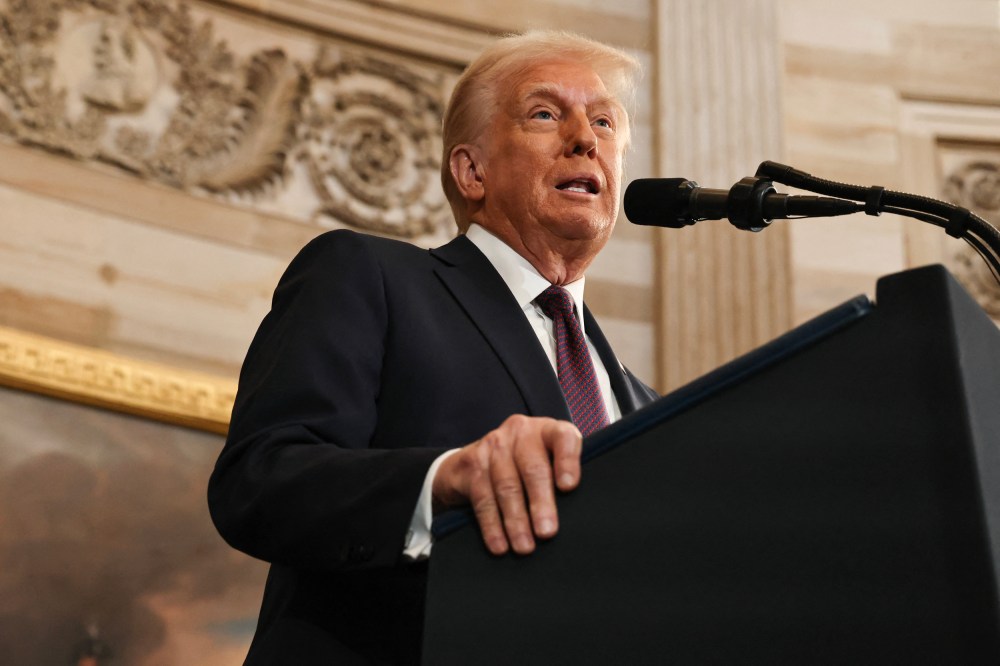Donald Trump’s first inaugural address is often referred to by political commentators as the “American Carnage” speech. Instead of presenting an optimistic vision of what he wanted to do as president, Trump used dark (and at time misleading) rhetoric that would set the tone for his first term.
That was years before he encouraged his supporters to violently march on the Capitol, the building where he will deliver his address today.
Follow MSNBC’s live blog for the latest updates and expert analysis on Donald Trump’s inauguration.
And even in the days leading up to the inauguration, the Trump team has previewed its priorities for the first couple of days of his term, promising mass deportation raids in major cities, the pardoning of insurrectionists and an executive order allowing career public servants to be fired.
One moderately controlled speech doesn’t mean Trump is actually planning to put his political grievances aside and govern for all people.
So the bar for his speech is already embarrassingly low.
But as Trump prepares to deliver his second inaugural address Monday, we can’t allow his past to lower our own bars of what we should expect from an incoming president.
And more importantly, one moderately controlled speech doesn’t mean he is actually planning to put his political grievances aside and govern for all people.
After all, this is a direct quote from that same “American carnage” address in 2017:
“The oath of office I take today is an oath of allegiance to all Americans. To all Americans, in every city near and far, small and large, from mountain to mountain, and from ocean to ocean, hear these words. You will never be ignored again. “
We know that’s not exactly how it worked out.

During the height of the Covid-19 pandemic, as thousands upon thousands died, Trump repeatedly questioned sending aid to blue states and referred to a Covid relief bill submitted by House Democrats as a “big bailout for badly run Democratic cities and states.” He dismissed the deaths of Americans who died in states that didn’t vote his way.
Trump was similarly dismissive after a series of devastating hurricanes hit Puerto Rico in late 2017. The president reportedly told his staff he didn’t want “a single dollar” going to Puerto Rico. Instead, he wanted more of the money to go to Texas and Florida. The Washington Post reports he even signed an order directing the Federal Emergency Management Agency to pay almost all disaster costs in Florida, a very red state, after having threatened to veto a similar proposal for Puerto Rico.












